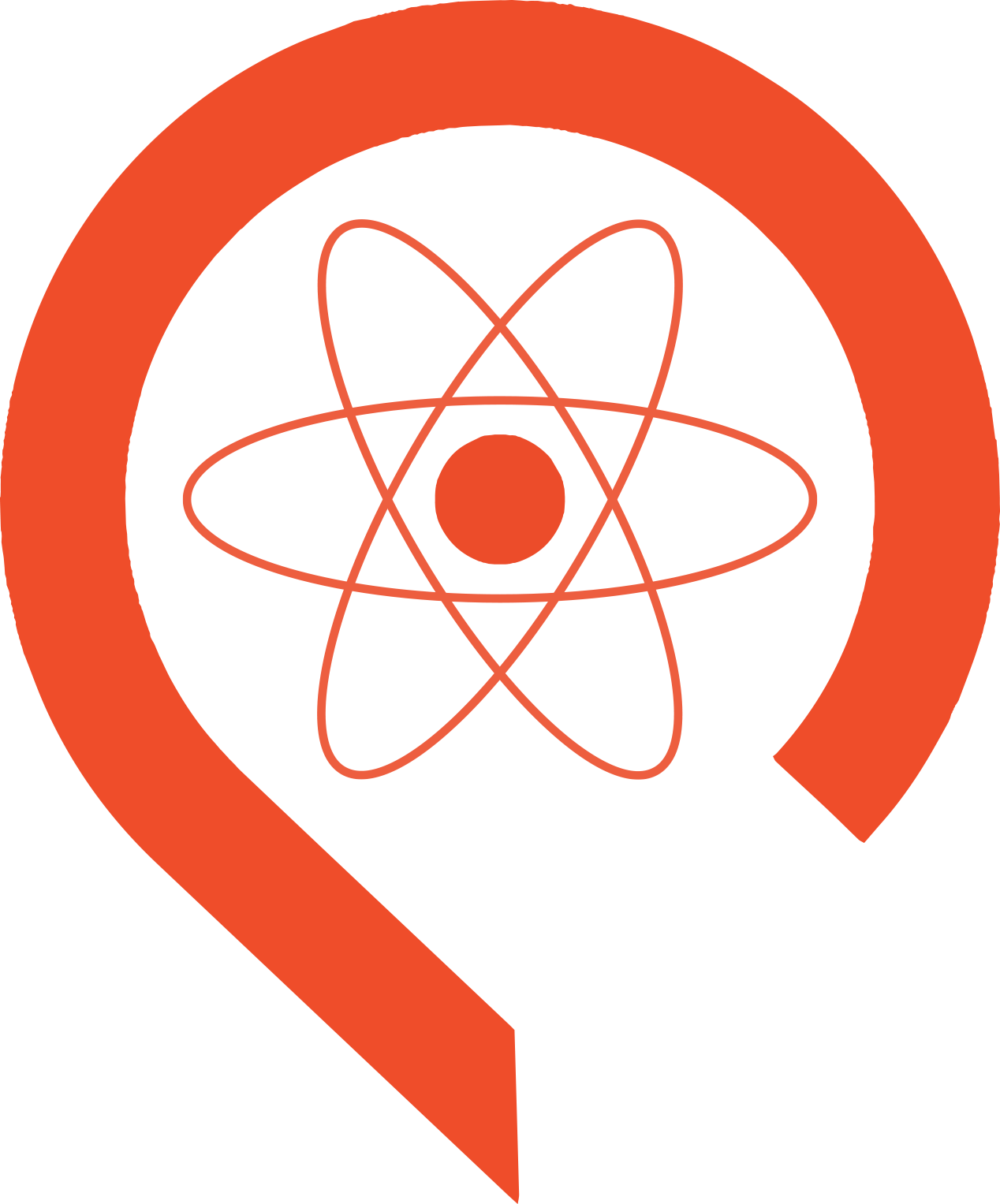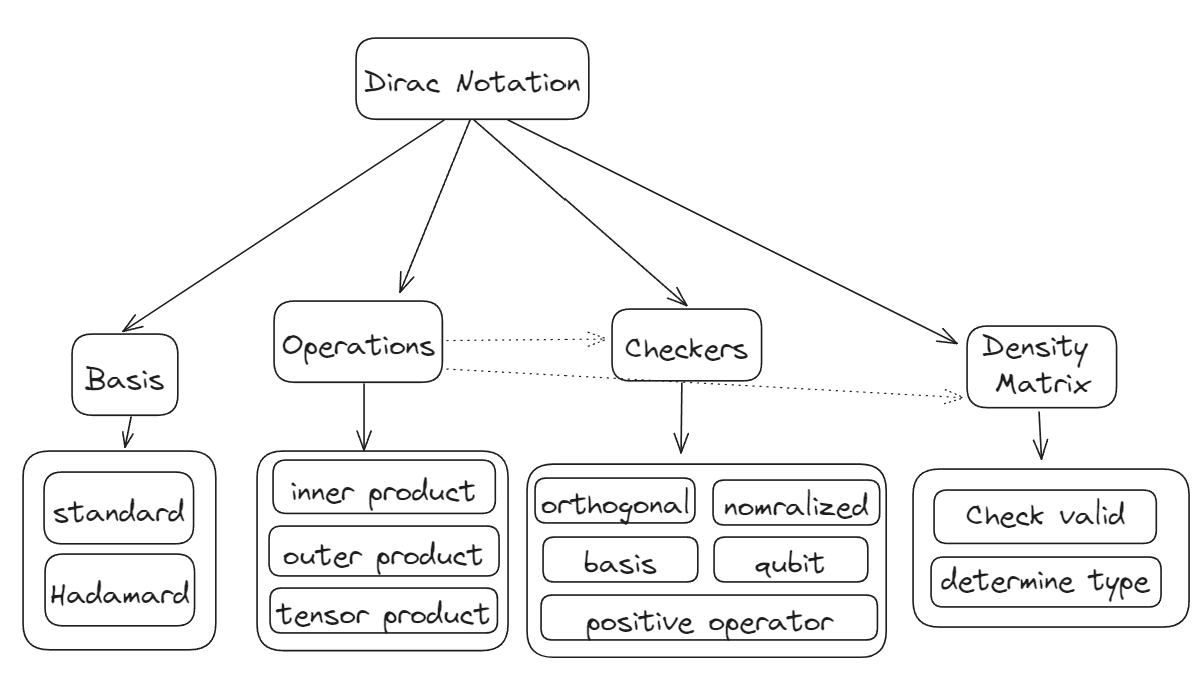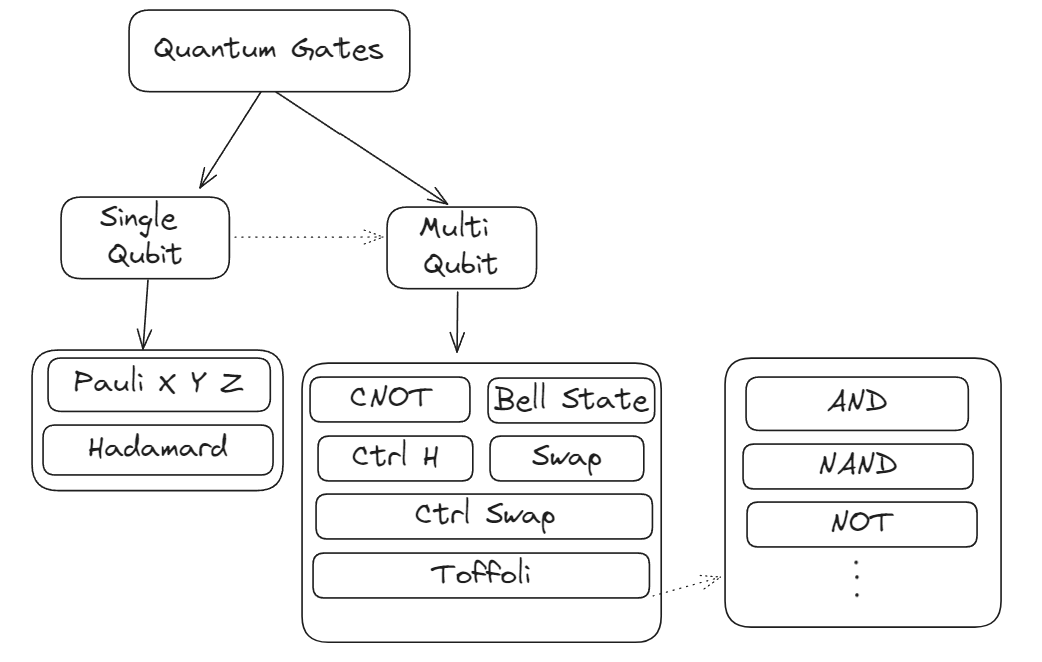QuanTorch is an educational library based on Pytorch to build quantum systems, the library is designed to be simple, self-contained and easy to use.
- Dirac Notation
- Basis Vectors & States
- Basic Operations
- Checkers
- Density Matrix
- Finding Probabilities
- Quantum Gates
- Single Qubit Gates
- Multi Qubit Gates
-
Visualization(#TODO)
-
Quantum Circuits(#TODO)
For now, the library is not available on PyPI, so you have to clone the repo and install it locally.
git clone https://github.com/0ssamaak0/QuanTorch.gitCheck QuanTorch_final notebook for detailed examples and use cases.
from QuanTorch.states import qstate, density_matrix
import QuanTorch.basis as qbasis
import QuanTorch.operations as qoperations
import QuanTorch.checkers as qcheckers
# define some basis vectors
zero = qbasis.zero
one = qbasis.one
# perform operations on them
inner = qoperations.inner_product(zero, one)
tensor = qoperations.tensor_product(zero, one)
# Check if they are valid basis vectors
print(qcheckers.check_basis([zero, one])) # Should be True
# define set of states
psi1 = qstate([0.5, 0])
psi2 = qstate([0.5j, 0])
# check if this state is normalized
print(qcheckers.check_normalized(psi1)) # Should be False
# check if they can be used as basis vectors
print(qcheckers.check_basis([psi1, psi2])) # Should be Falsefrom QuanTorch.states import qstate, density_matrix
import QuanTorch.basis as qbasis
import QuanTorch.gates as qgates
# define some basis vectors
zero = qbasis.zero
one = qbasis.one
# Apply gates on the basis vectors
print(qgates.X(zero)) # should be | 1 >
print(qgates.H(one)) # should be | - >
print(qgates.CNOT(zero, one)) # should be | 0 1 >
print(qgates.BellStateGate(zero, one)) # should be | Ψ + >QuanTorch is an educational library, it is not meant to be in building real quantum systems that run on either simulators or quantum computers, it is just a very simple library to help you understand the concepts of quantum computing.


